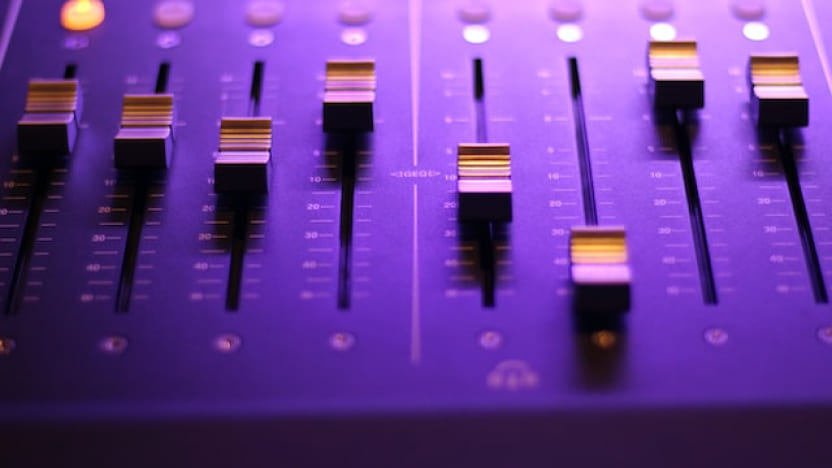How to register a sound mark in the EU

Non-traditional trademarks, such as those protecting shapes, smells and sounds, are becoming an increasingly popular way for companies to distinguish their products and services. Savvy Kaushal explains how to register a sound mark in the EU.
A sound mark describes a type of trademark that consists of a sound or a combination of sounds that is used to identify and distinguish the goods or services of one company from those of another. Examples of registered sound marks include the McDonalds commercial ad tune, the MGM lion's roar, and the iPhone ringtone.
Despite the high-value of such marks to their owners, however, sound marks can be challenging to register and enforce.
Can you register a sound mark in the EU?
In the EU, sound marks are defined in Article 3(3) of the European Trademark Regulations (EUTMR) as "trademarks consisting exclusively of a sound or combination of sounds”.
To be eligible for registration, such marks must be:
- represented in a way that is ‘clear and precise’;
- distinctive, i.e. not a common sound used in the relevant industry, and
- used in connection with the goods or services for which it is registered.
To fulfil the requirements to be clear and precise, the EU trademark application (EUTM) can either be an audio file reproducing the sound or an accurate representation of the sound in musical notation.
Examples of acceptable forms of representation before the EU Intellectual Property Office (EUIPO) include musical notation, spectrograms and descriptions of the sound in written or spoken language.
Is it easy to register a sound mark in the EU?
A 2021 judgement by the EU General Court provides practical guidance for assessing the distinctive character of sound marks.
The ruling, which relates to an EUTM application by Ardagh Metal Beverage Holdings to protect the ‘fizzing’ sound of opening a drinks can, was the first time that an application based on an audio file had come before the higher courts.
In its decision, the EU General Court found that the criteria for determining the distinctiveness of sound marks were the same as those for other types of trademarks. In order for a sound mark to be distinctive, the consumer must also be able to associate the sound mark with its commercial origin. In the Ardagh case, the Court considered that the sound produced by the opening of a can was a functional element in relation to the associated goods. In addition, the relevant public already associates the sound of fizzing bubbles with drinks.
Should you register a sound mark in the EU?
The above judgement offers interesting insight for applicants looking to register sound marks in the future. On the one hand, it makes clear that the criteria for assessing the distinctiveness of sound marks does not differ from those applicable to other classes of marks. On the other hand, it epitomises the challenges of sound mark registrations, given the need for such marks to have the appropriate level of resonance, character and distinctiveness to enable consumers to perceive it as a unique sound.
For more on overcoming challenges to non-traditional trademarks, watch our webinar on protecting colour, sound, holograms and motion marks, speak to your Novagraaf attorney or contact us below.
Savvy Kaushal works in the Knowledge Management department at Novagraaf in Amsterdam.